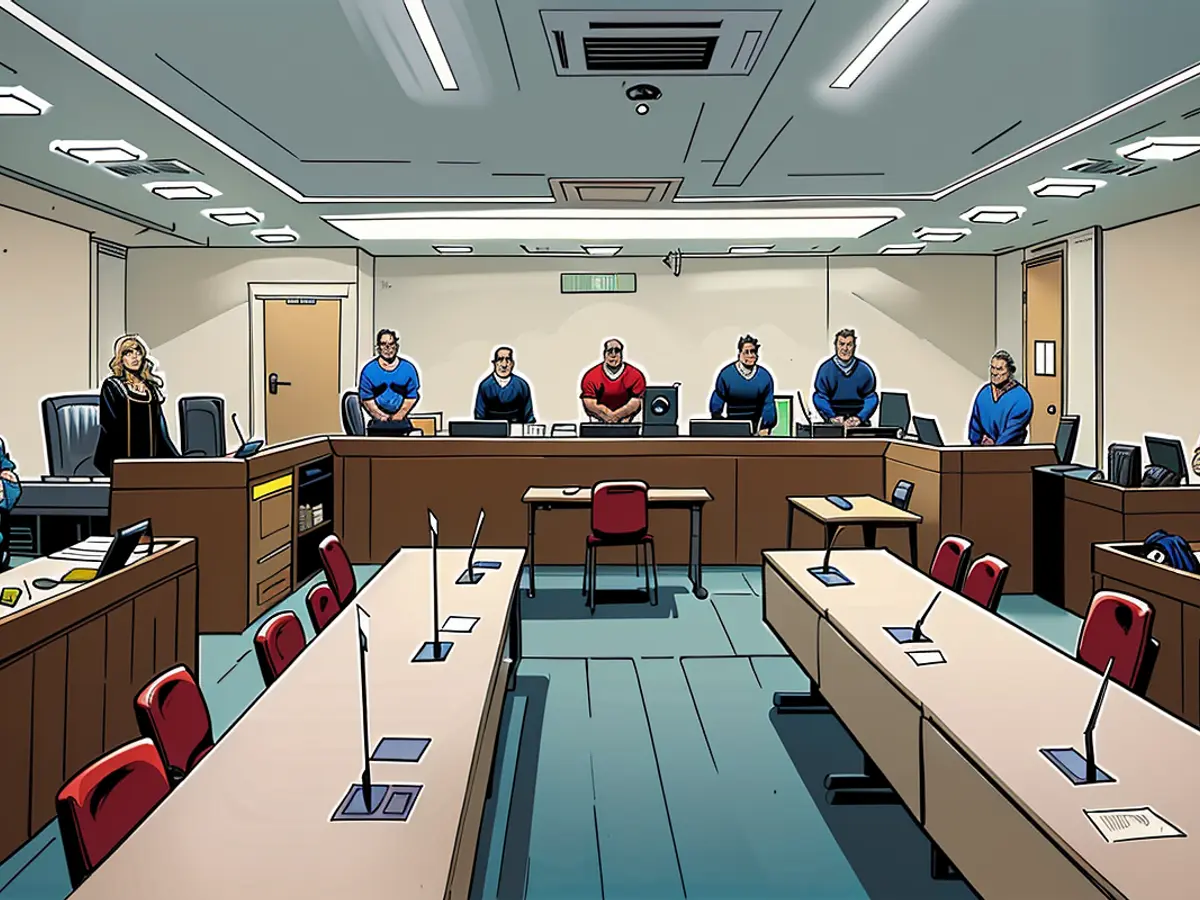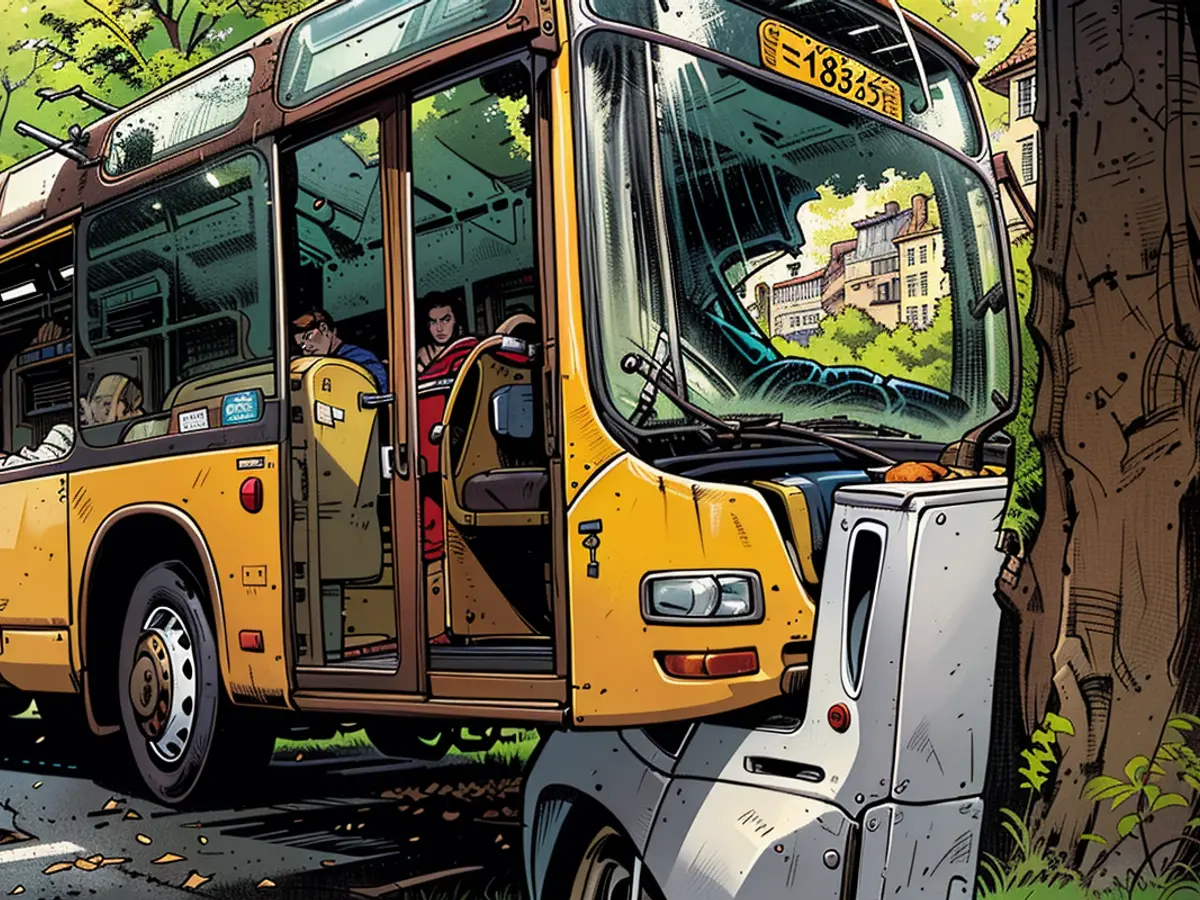Protestas contra los paraguas en las playas italianas
Atacando en la playa - está sucediendo en Italia. Con una "protesta de parasoles de playa", poderosos propietarios familiares de playas privadas están haciendo un llamado de atención a Roma y la UE. Se trata de grandes negocios.
Agosto siempre ha sido el mes en el que más dinero se gana en Ostia. En el "Tibidabo", uno de los hermosos baños antiguos en la playa de la ciudad de Roma, abierto en 1935, a menudo se coloca el letrero "Ombrelloni esauriti" en el mostrador de caja por la mañana: no hay parasoles de playa disponibles, todo reservado hasta la tarde. En Italia, se recomienda estar en el mar a las nueve de la mañana en estos días. Pero es posible que esto no ayude en este viernes.
En plena temporada, los propietarios de muchos de los 7.200 baños de playa del país, los stabilimenti balneari, quieren hacer huelga por primera vez: inicialmente solo por dos horas y media por la mañana. Pero si el gobierno de la primera ministra de derecha Giorgia Meloni no cede, los baños permanecerán cerrados durante medio día en plena temporada de vacaciones y durante todo un día a finales de mes. El fondo es una directiva de la UE que Italia ha estado eludiendo durante casi 20 años.
Mirando por encima del hombro a los extranjeros con toallas
Para los millones de turistas en más de 7.500 kilómetros de costa mediterránea, una huelga así no sería necesariamente un desastre. Pero sería una molestia para muchos. La tumbona de playa (italiano: lettino) y el parasol de playa (ombrellone) son, por decirlo así, parte del patrimonio cultural nacional. Los extranjeros que simplemente extienden una toalla en una roca o piedra son mirados por encima del hombro -incluso si es solo desde 20 centímetros arriba.
La posición más cómoda tiene su precio. El año pasado, el precio diario promedio de alquiler para dos tumbonas y un parasol fue de 30 euros a nivel nacional, según el observatorio nacional de baños -que existe. No hay límites para los precios: se pagan varios cientos de euros en clubes de playa en la Toscana o en la costa de Amalfi. Muchas familias se han vuelto muy ricas con sus stabilimenti.
Las playas pertenecenActually, Italy's coast belongs to the state - i.e. to everyone. However, more than half of the beaches are rented to private individuals, often for decades, often under the table and often at ridiculous prices. Some call it cronyism, others mafia structures.
On average, a lessee pays about 8,200 euros per year for the concession. The revenues are much higher. The Centre for European Policy (CEP) recently calculated an average annual turnover of 260,000 euros per bath based on figures from 2016 to 2020. Other estimates are much higher - especially since a lot of beach money probably slips through the tax net.
Most Italians have accepted that they have to pay a lot for their time at the sea. "I don't know anything else," says Giulia Toninelli, a civil servant from Rome, on her lounger in the "Tibidabo". "I've been coming here with my parents, now with my children. That's just the price." However, there are also some who are no longer satisfied with the old system. The writer Manuela Salvi rails against "beaches like battery cages, where the chickens have to pay for their stay too". So far, however, protests have been limited.
The status quo is at risk in another way: due to an EU directive that should have been implemented as early as 2006. According to this directive, state concessions for beach sections must be regularly re-tendered because they are public property - something that various governments in Rome have repeatedly delayed. One of the arguments is that one must prevent foreign corporations from having a say at the beach instead of Italian families, as happened two years ago in the Gulf of Trieste, where the energy drink giant Red Bull secured 120,000 square meters. However, nationwide tenders are now set to begin in January 2025.
Decepción con Meloni
One of the biggest critics of the EU directive, when she was still in opposition, was the current Prime Minister Meloni. Therefore, the disappointment among beach concessionaires is now profound. Antonio Capacchione, president of the industry association Sindacato Italiano Balneari, complains: "The government has done nothing for two years. We sent eight letters requesting a meeting - without a response. What else can we do but strike?"
Hence, the first "sciopero degli ombrelloni" ("umbrella strike") in Italian history - although some details are still unclear. It is certain that the cash registers will open later in the morning. Possibly, regular customers will be allowed to set up their own lounger and umbrella. Others may bridge the waiting time with an espresso. By the way, the price for the lounger and umbrella remains unchanged despite the strike, with the usual daily rate applying.
Despite the impending "umbrella strike" by many private beach owners, the millions of tourists along Italy's Mediterranean coast aren't expected to face a major inconvenience. However, for regular visitors like Giulia Toninelli, the increased costs associated with rental loungers and umbrellas are accepted as part of the cultural heritage. Conversely, some tourists who spread towels on rocks or stones may face criticism from locals for not adhering to the traditional practice.








